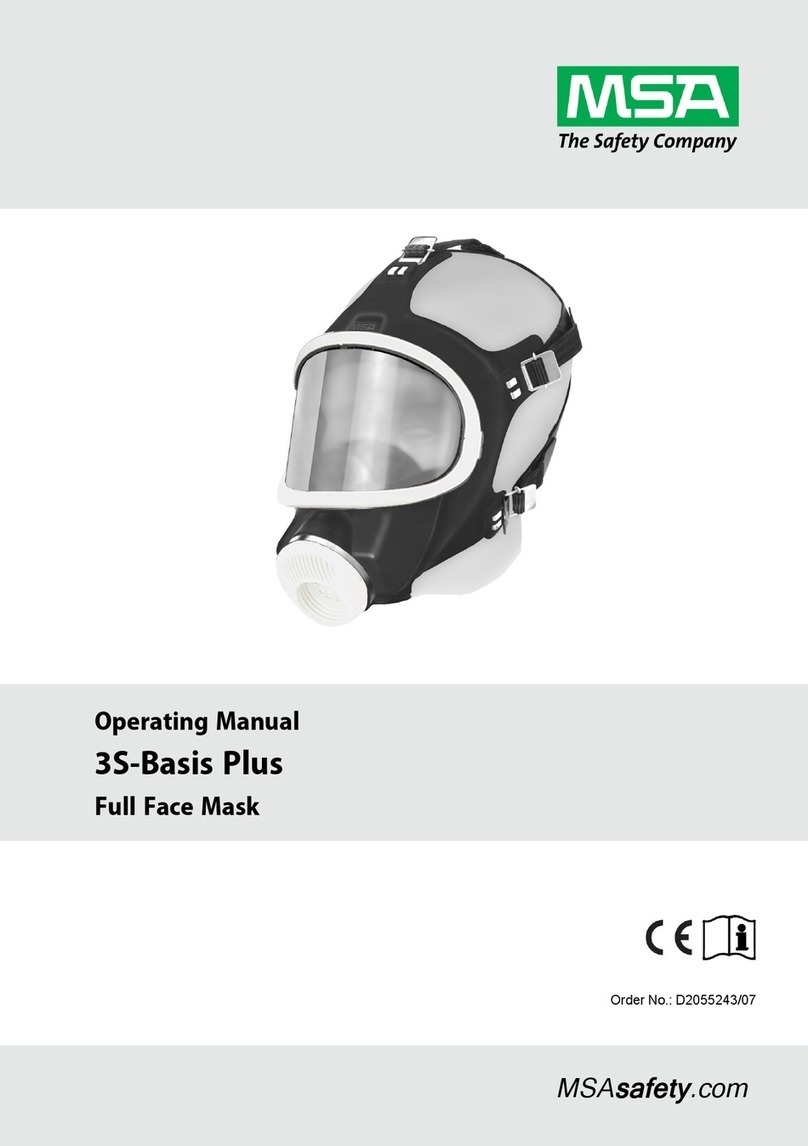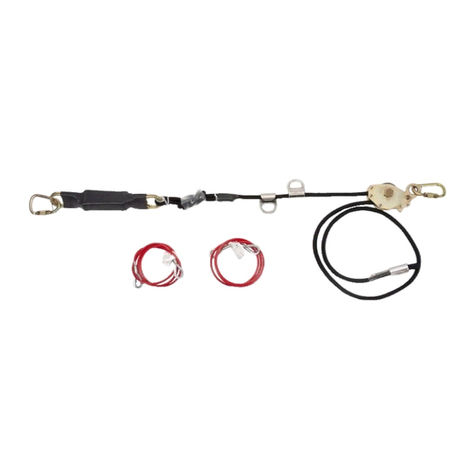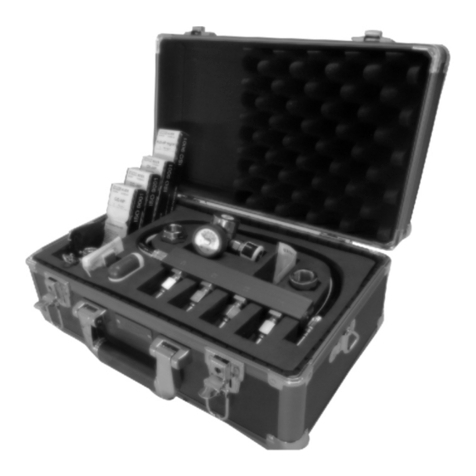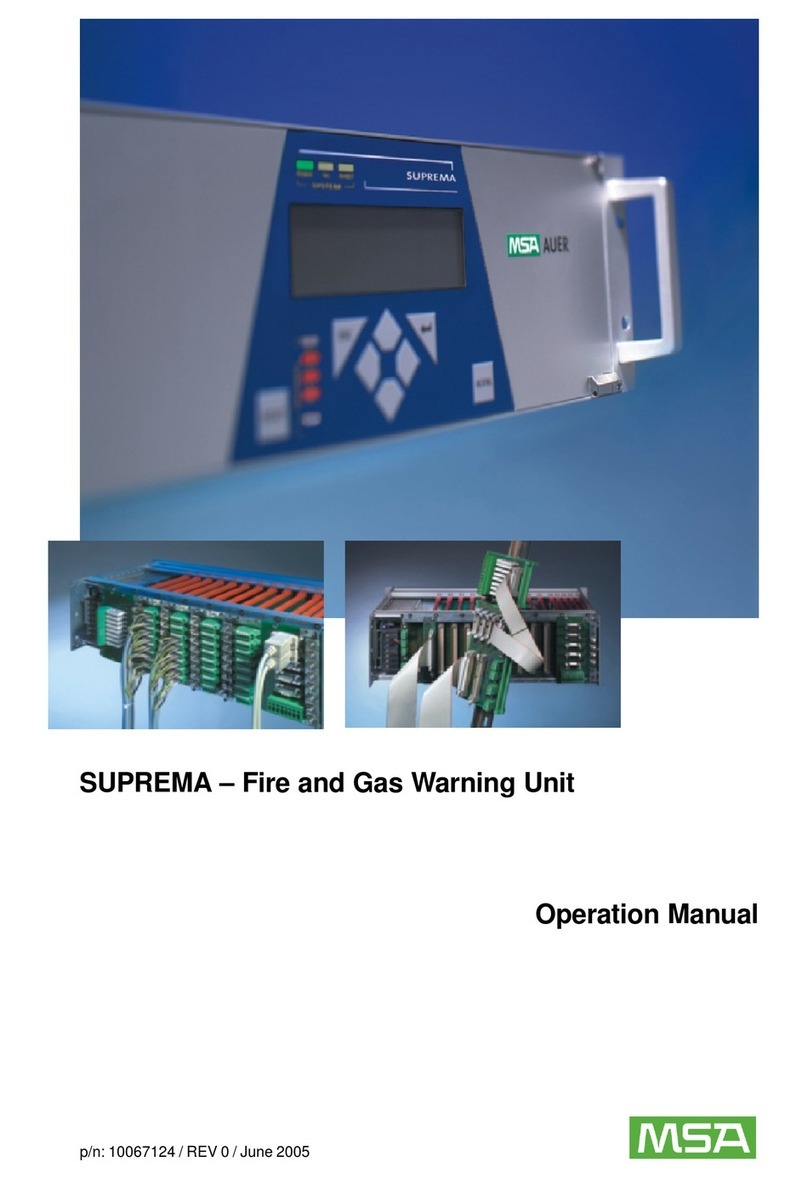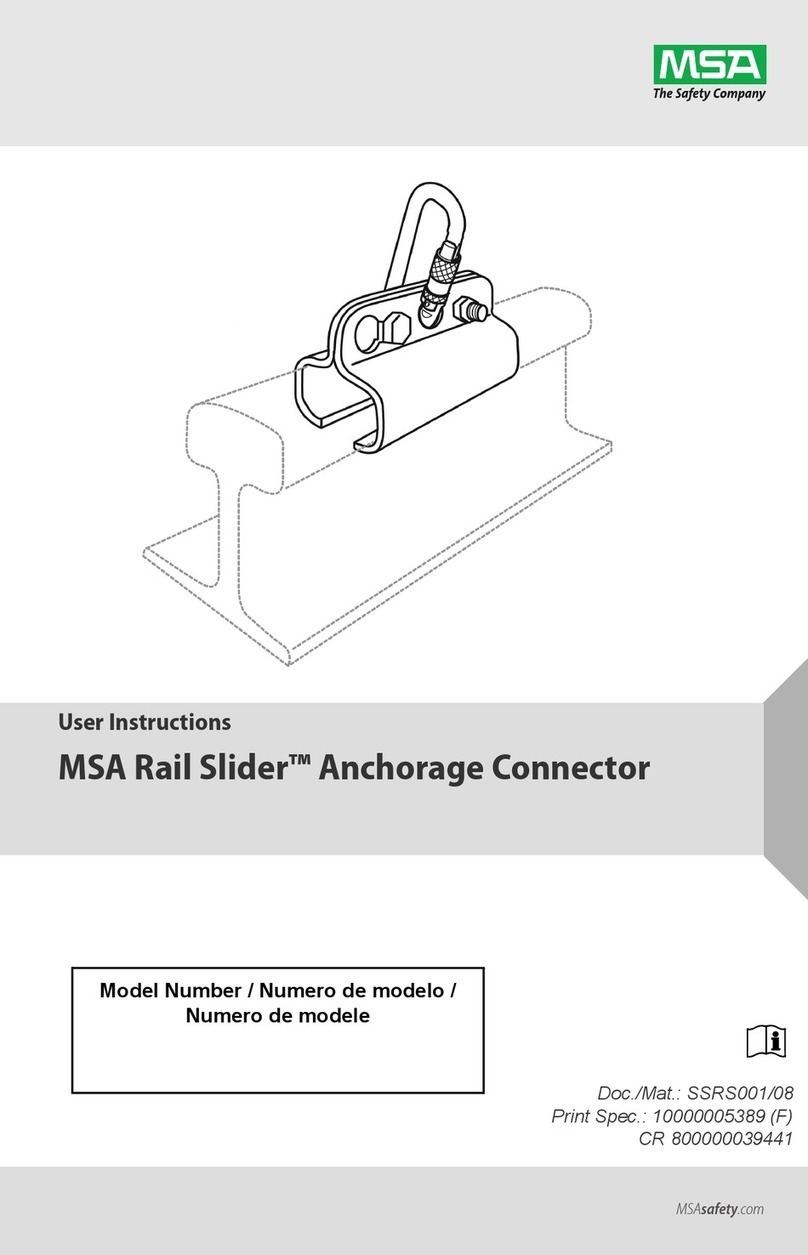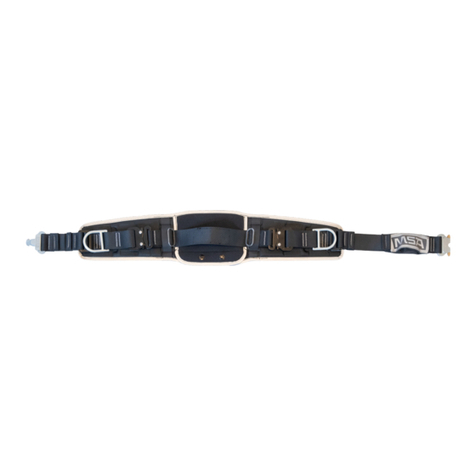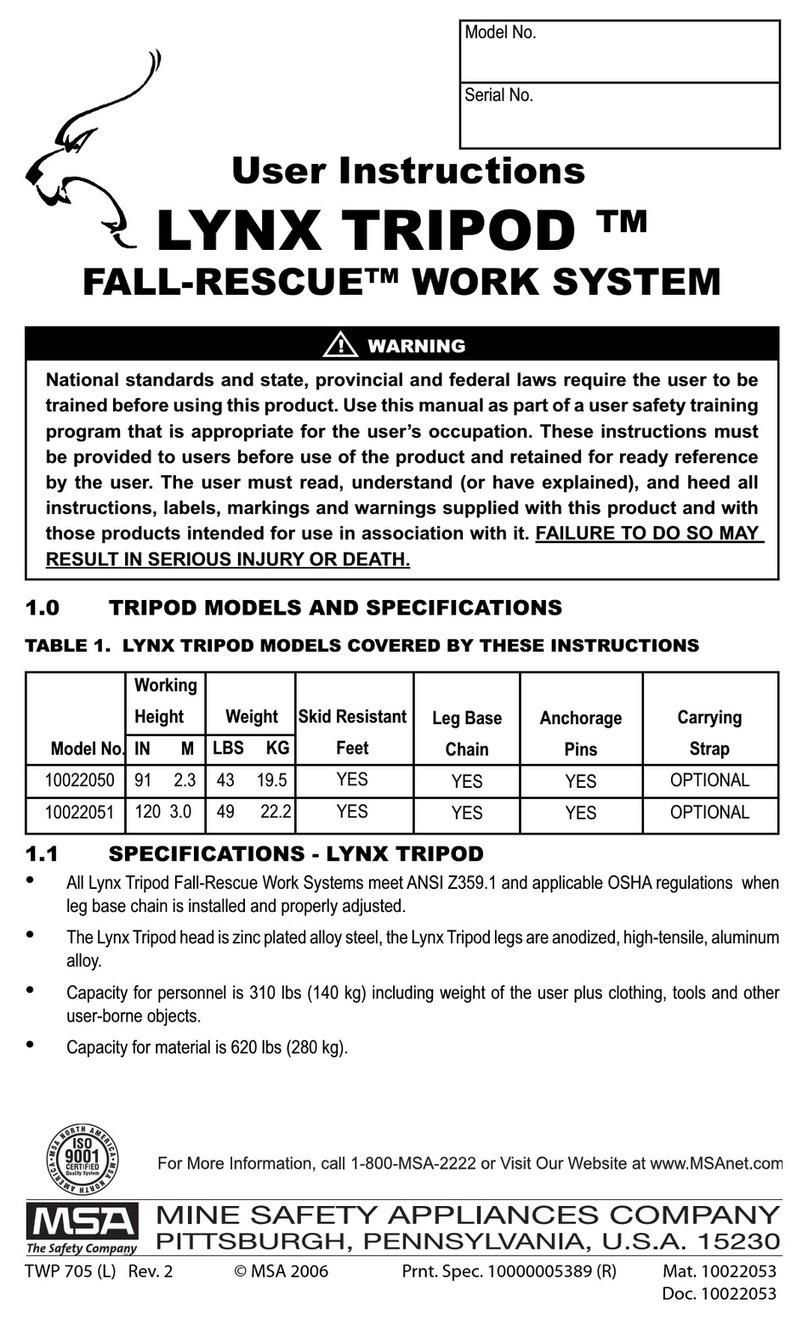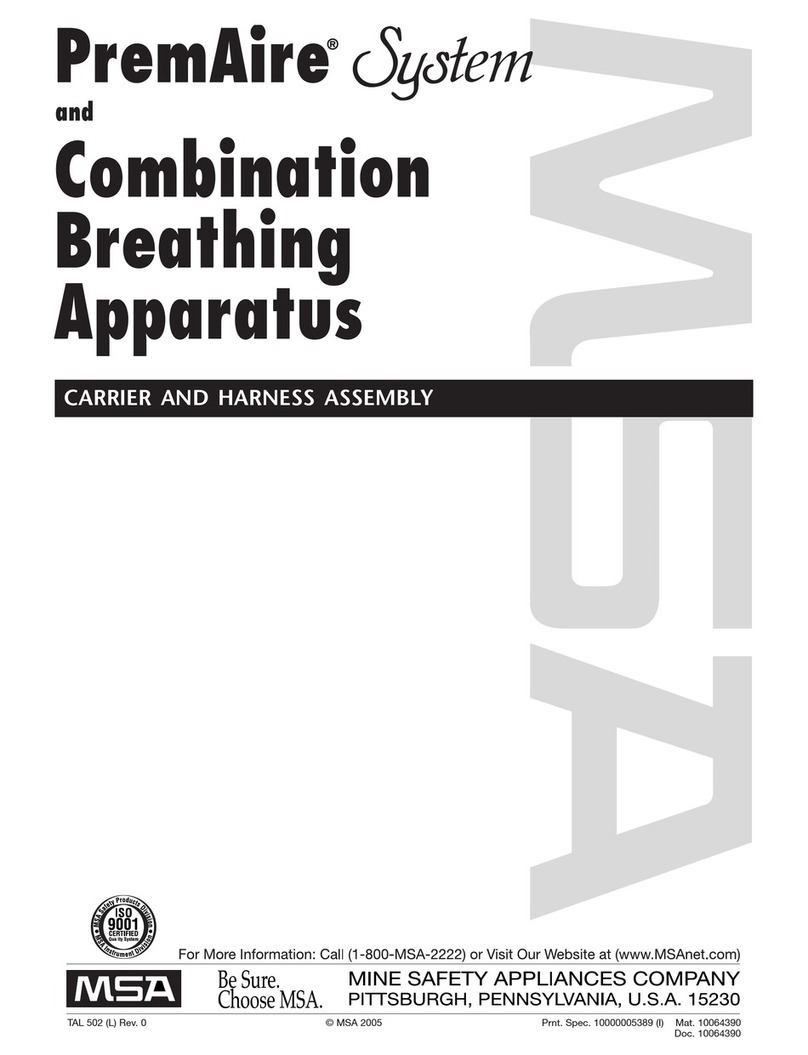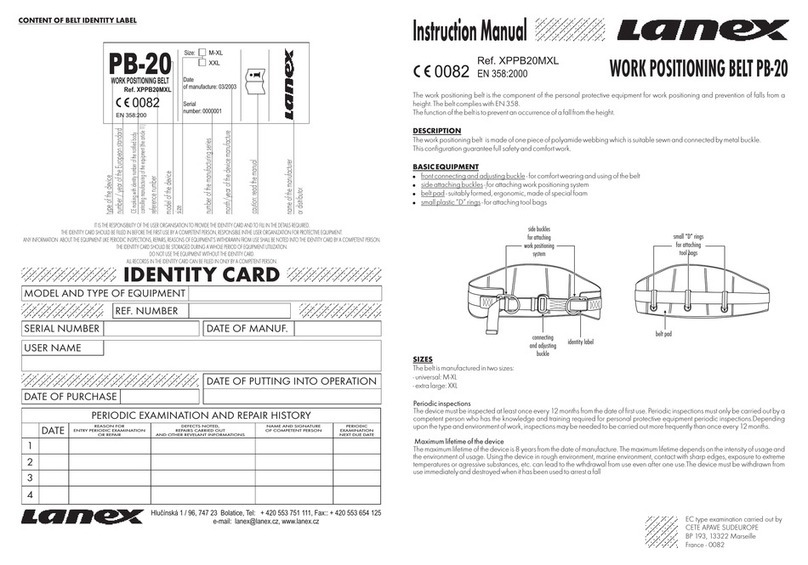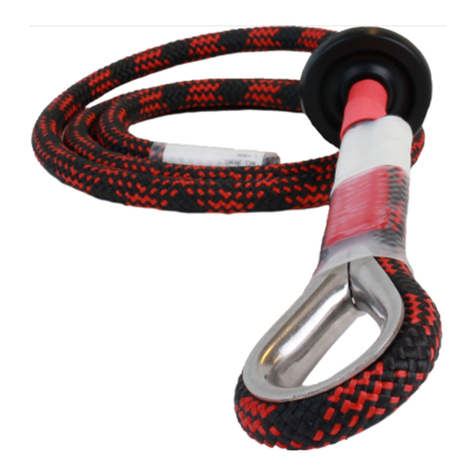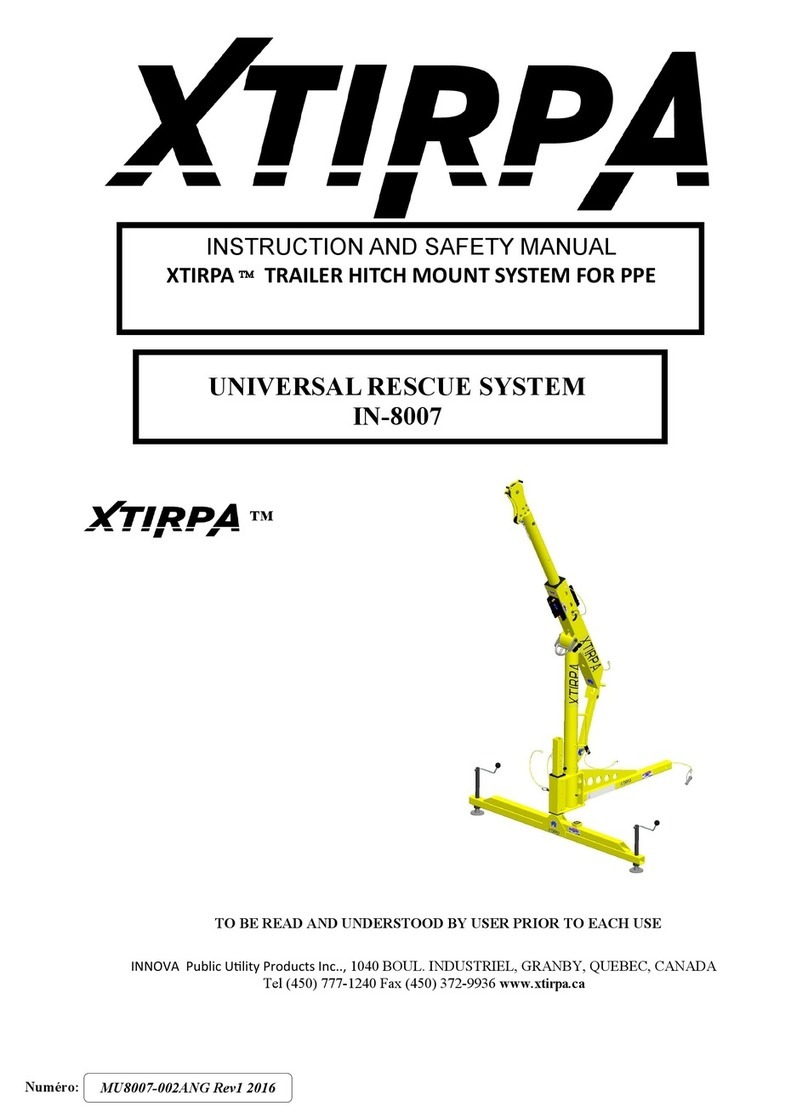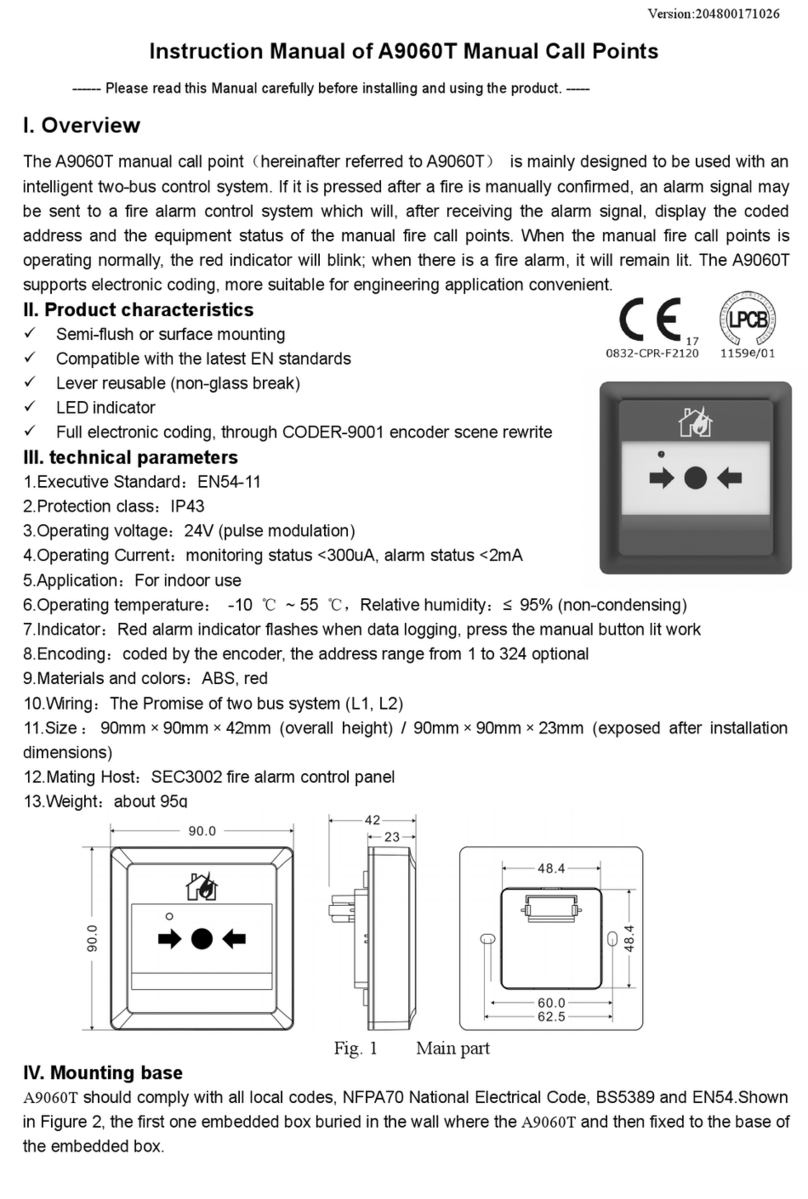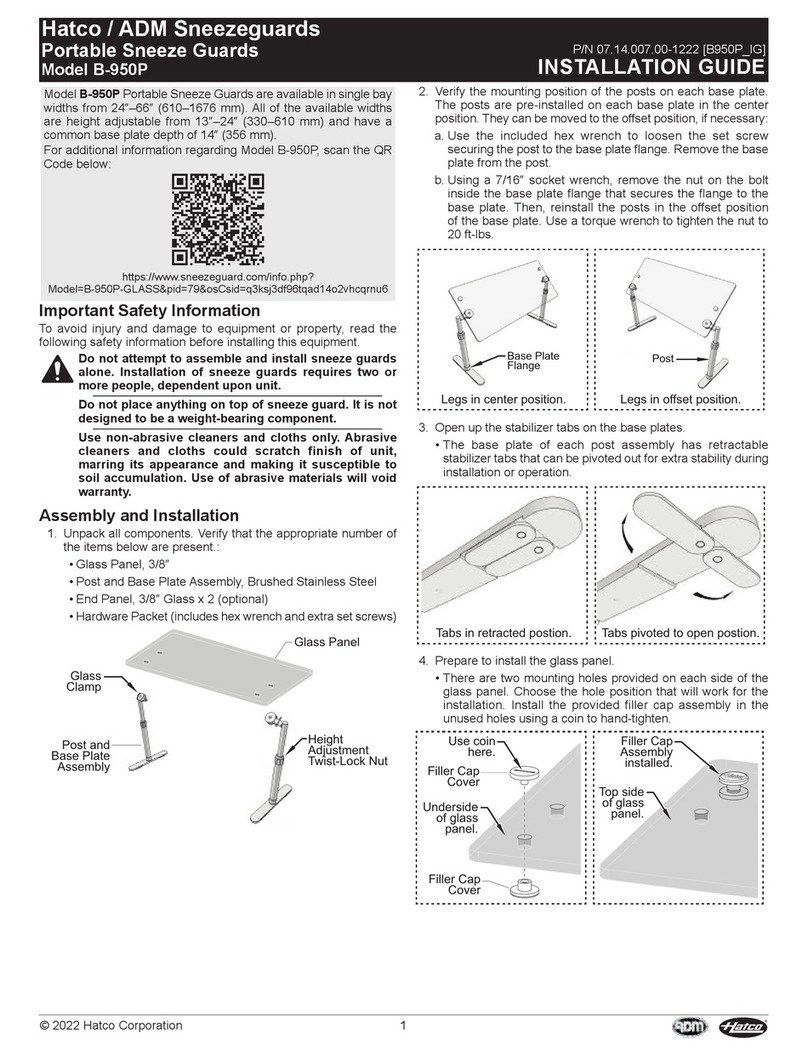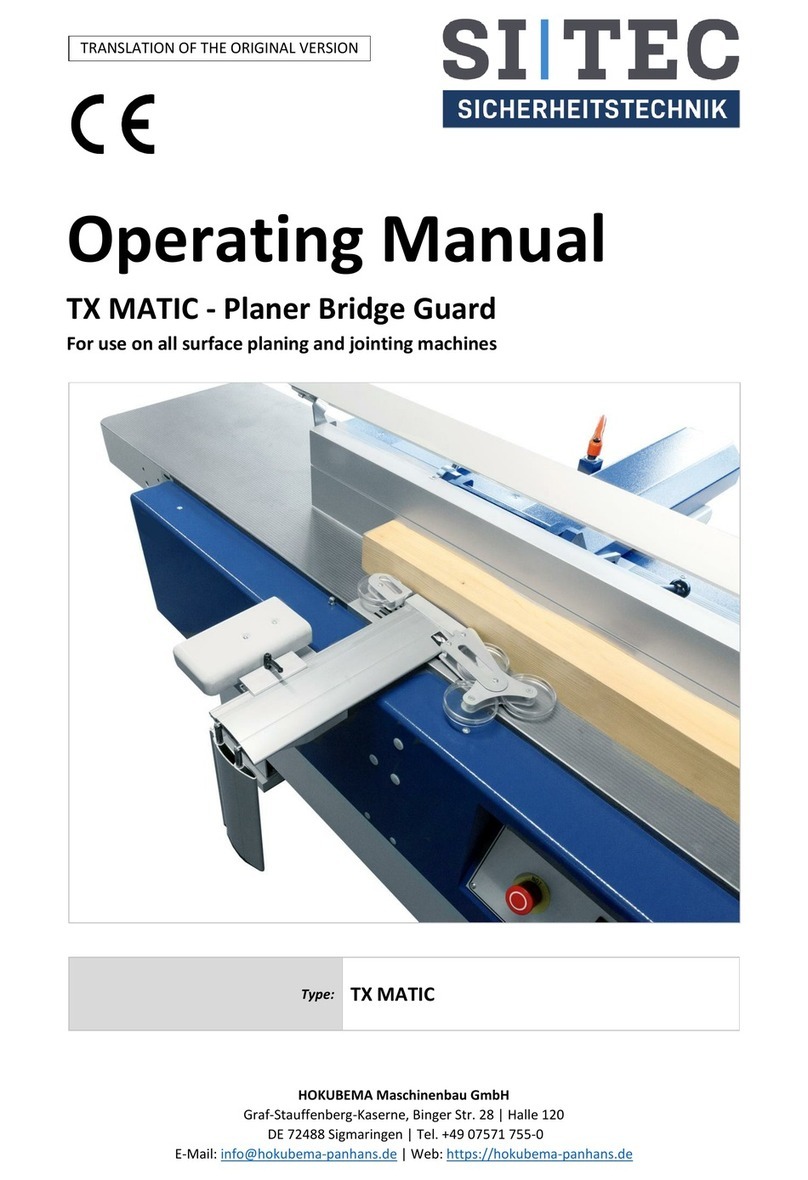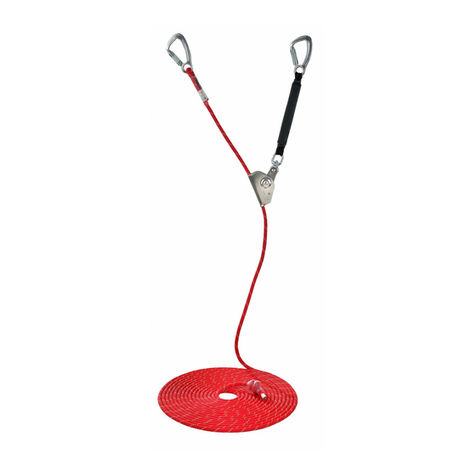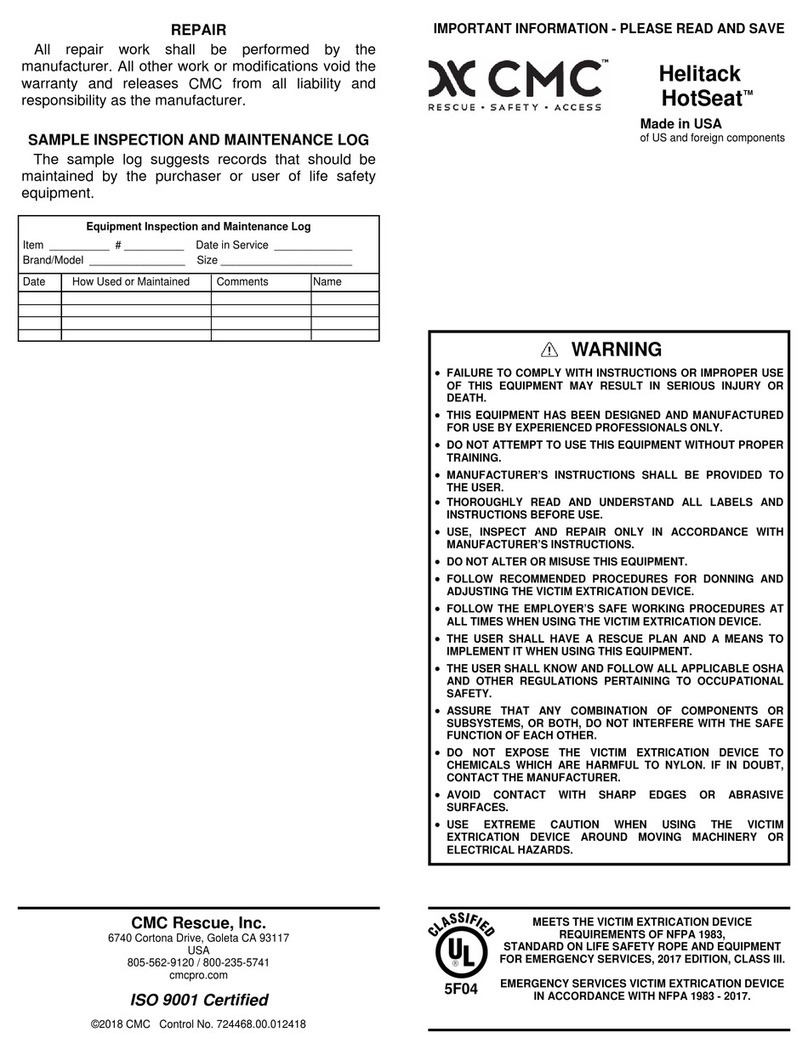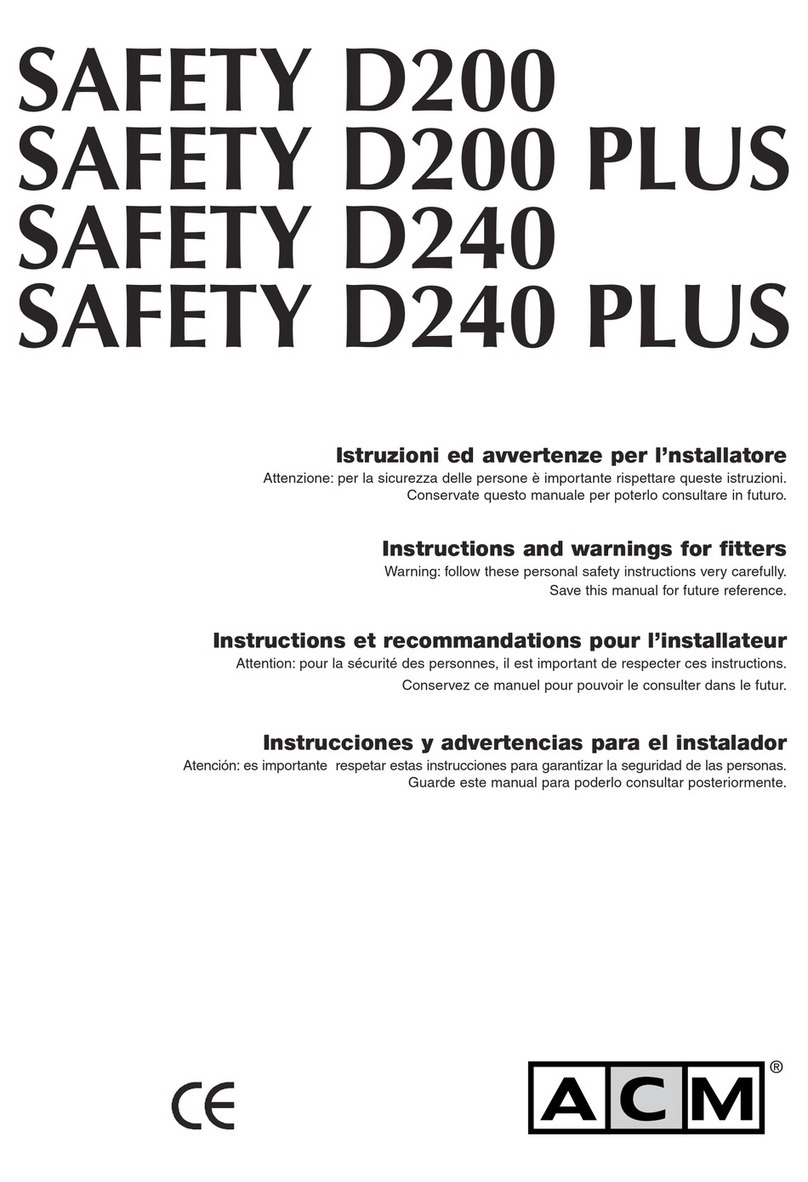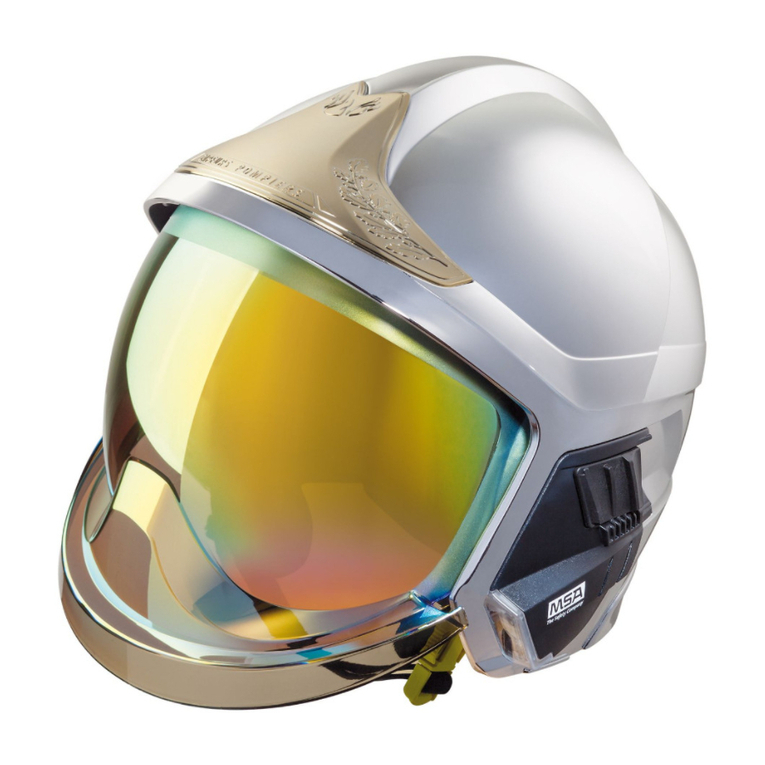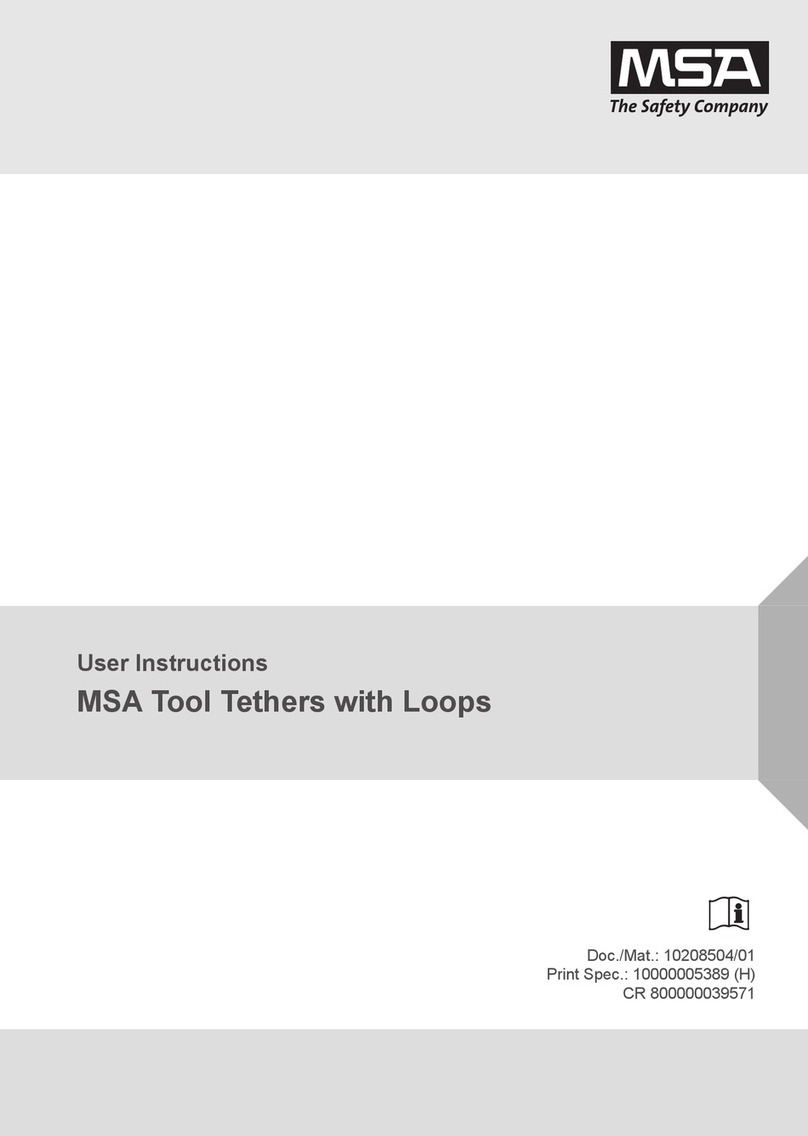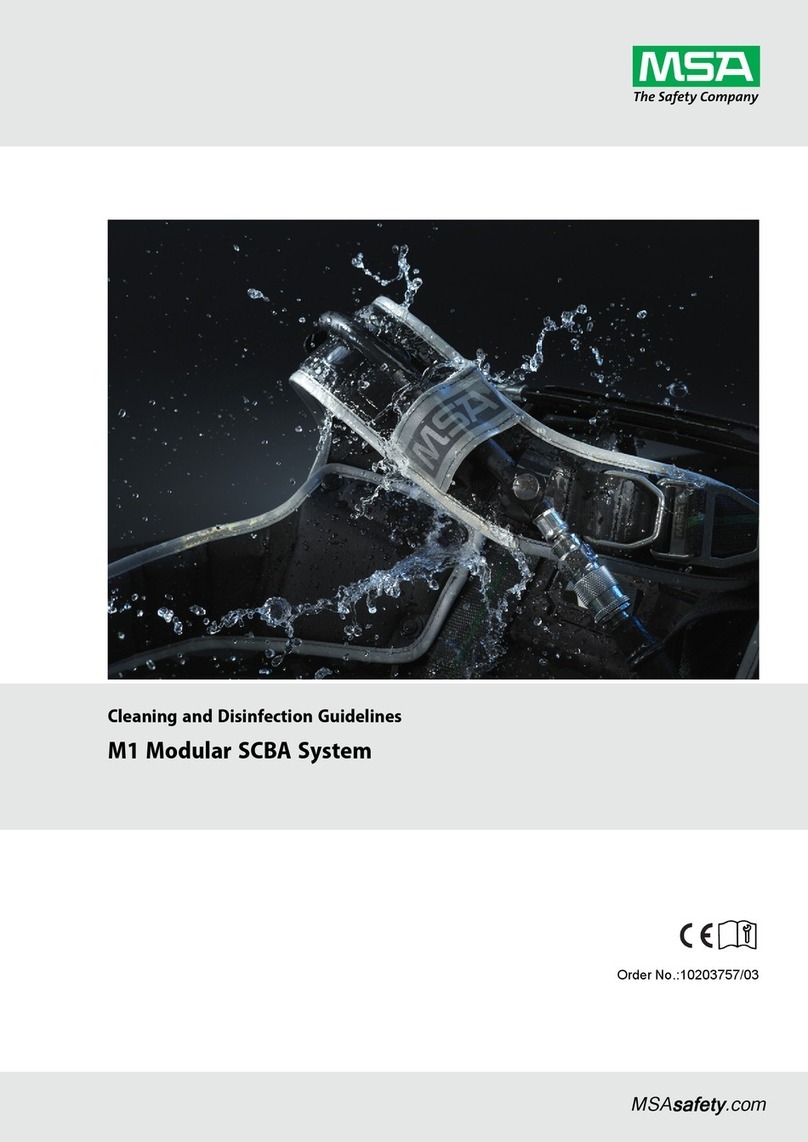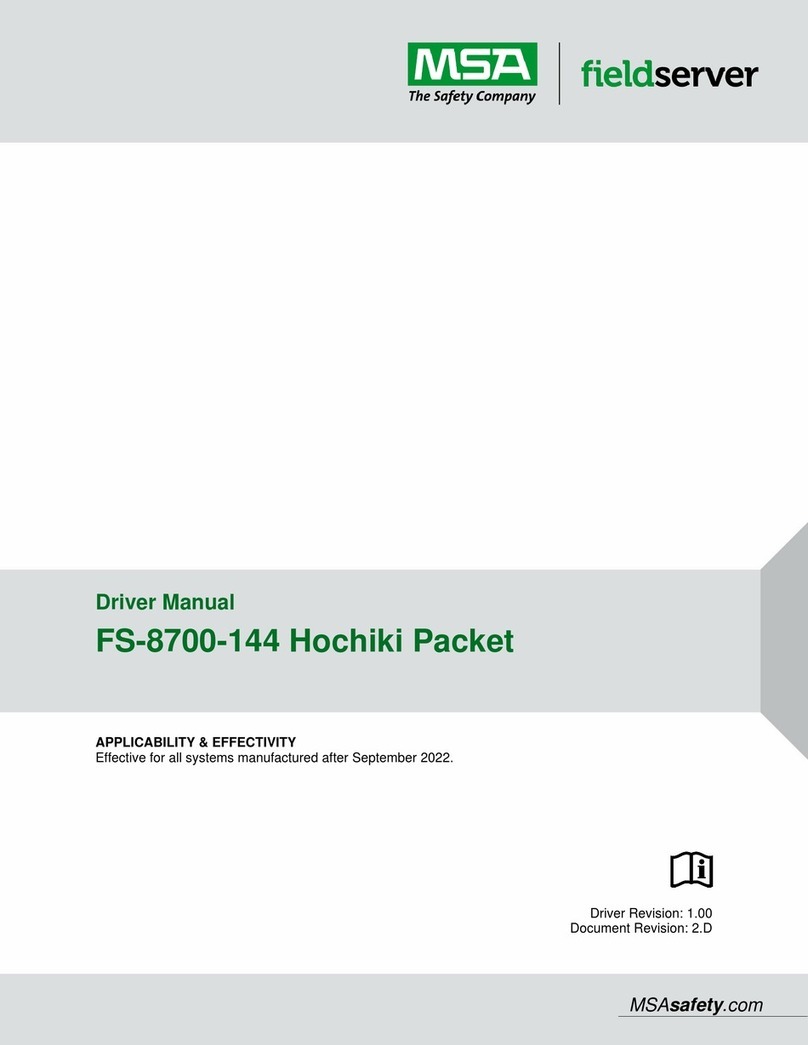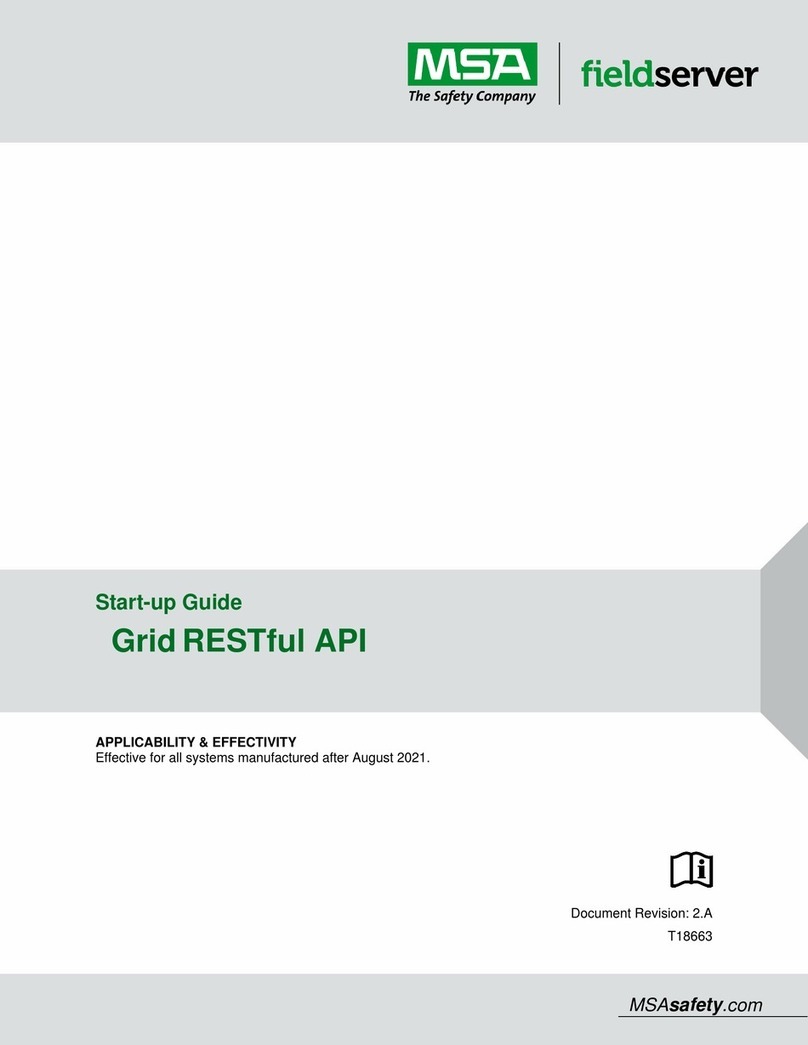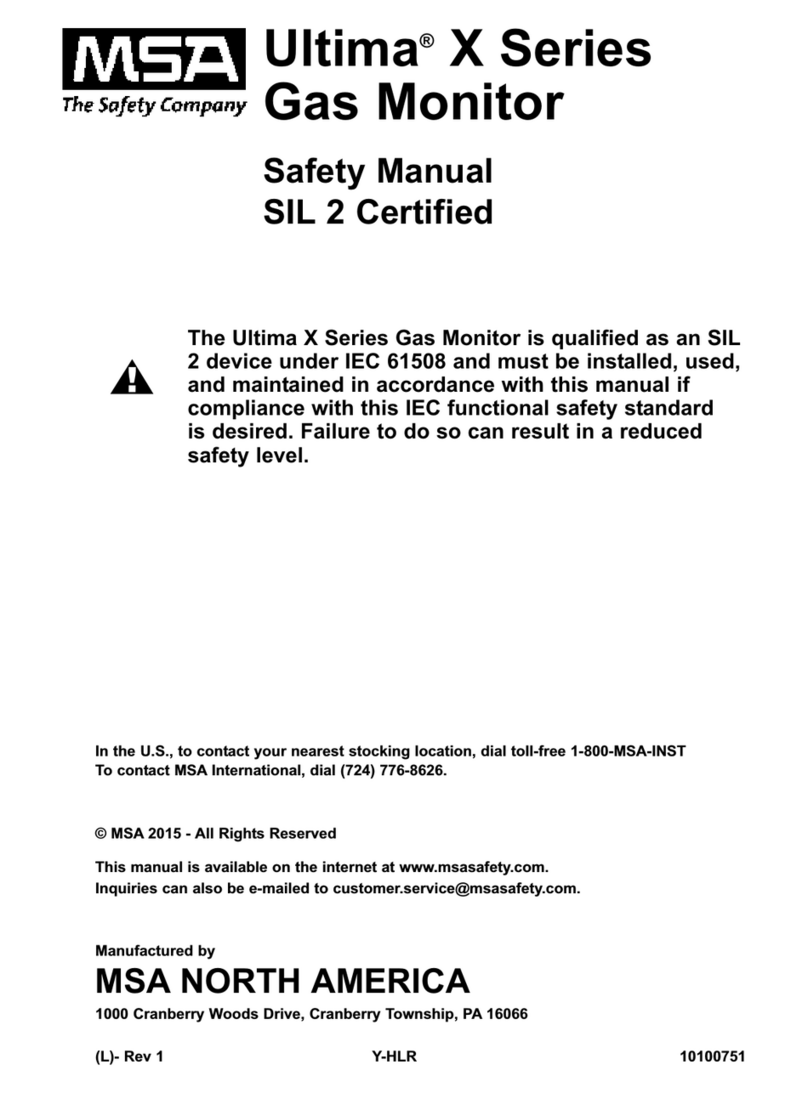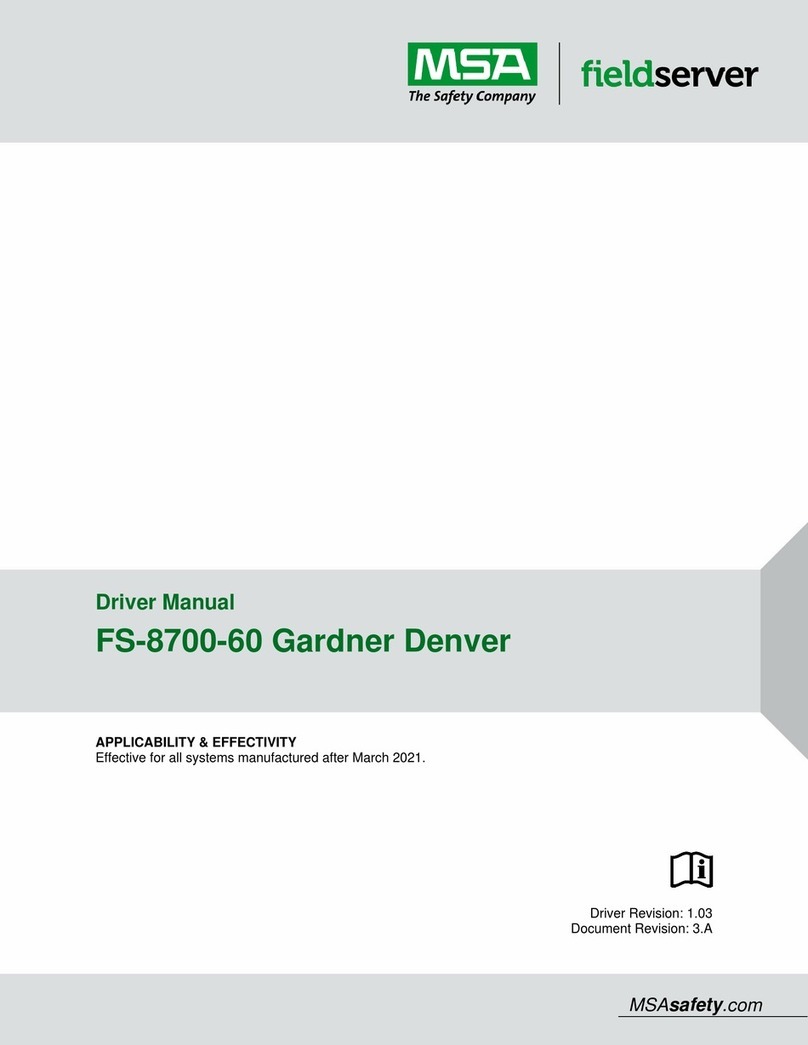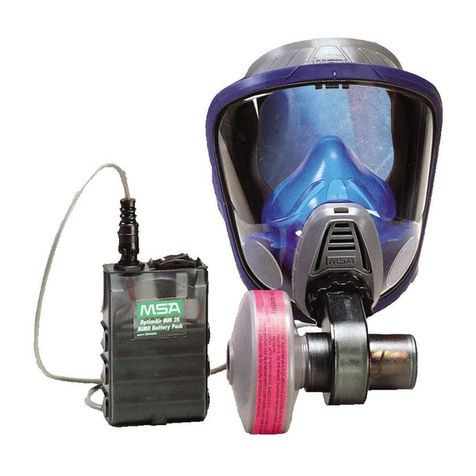
9 V-SHOCK PFL US
5 Installation and Use
5 Installation and Use
5.1 Intended Use
PFLs are intended to be used as a connecting element between a full body harness and anchor point. See Section 3
Product Specification. A full body harness is the only acceptable body holding device to be used with a PFL. If supplied as
part of a complete system, components shall not be substituted.
WARNING!
lPFLs are only to be used for their intended purpose and within their limitations. DO NOT intentionally misuse this
product. DO NOT use fall protection equipment for purposes other than those for which it was designed. DO NOT
use fall protection equipment for towing, hoisting, or material handling.
lPFLs shall not be altered or added to. No unauthorized repairs, modifications, alterations and/or additions are
permitted.
lRESCUE AND EVACUATION: the user must have a rescue plan and the means at hand to implement it. The plan
must take into account the equipment and specific training necessary to affect prompt rescue under all foreseeable
conditions. It is recommended to provide means for user evacuation without assistance of others. This will usually
reduce the time to get to a safe place and reduce or prevent the risk to rescuers.
lDO NOT rely on feel or sound to verify proper snaphook or carabiner engagement. Ensure that gate and keeper are
closed before use.
lAdditional lanyard connectors shall not be added, as this would serve to lengthen the lifeline and increase free fall.
lUnsuitable for use on unstable surfaces, fine grain materials or particulate surfaces such as sand or coal, as
insufficient speed may prevent lock-on in the event of a fall (possible engulfment hazard).
lDO NOT use where line may be exposed to abrasive edges.
lPFLs shall not come into contact with hot surfaces (such as hot pipes), become entangled with moving machinery, or
come into contact with electrical hazards (such as high voltage power lines).
lPFLs shall be protected from fire, acids, caustic solutions, or temperatures outside the range -40°F to 130°F (-40°C
to 54°C).
Failure to follow these warnings can result in serious personal injury or death.
5.2 General Installation and Use
Connectors: Ensure PFL connectors are compatible with the attachments to which they are connected (to prevent roll-
out), and are fully closed and locked before use. See Section 3 Product Specification.
Anchors: Ensure the PFL is attached to a compatible anchor –flexible anchors, such as anchor lines, horizontal lifelines,
rail or cantilever structures can affect the ability of the PFL to lock-on in the case of a fall. For further clarification on
compatibility specifications, refer to the user instructions of the flexible anchor product. Should compatibility information not
be included in the flexible anchor user instructions, contact the flexible anchor manufacturer for clarification.
Retraction: In use, the PFL lifelines will extract and retract without hesitation. Do not allow the lifeline to pass through legs,
under arms, or wrap around structures. If the lifeline does not retract in use, fully extract the lifeline and slowly allow it to
retract. If the lifeline continues to hesitate in retraction, contact MSA.
Twin Leg Connection: The PFL twin-leg configuration is intended to give users 100% tie-off when moving around the
work site. One of the legs must be attached to an appropriate anchorage connector while the user moves to the new
location. At the new location, attach the second leg to an appropriate anchorage connector before disconnecting the
original leg. Repeat this process until the final destination has been reached. Do NOT work with both legs connected to an
anchorage connector.
